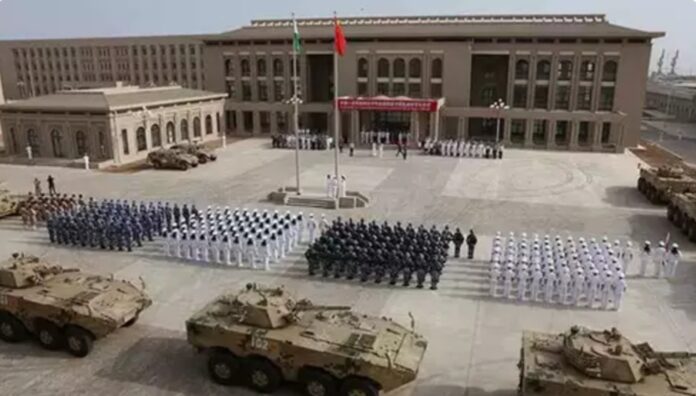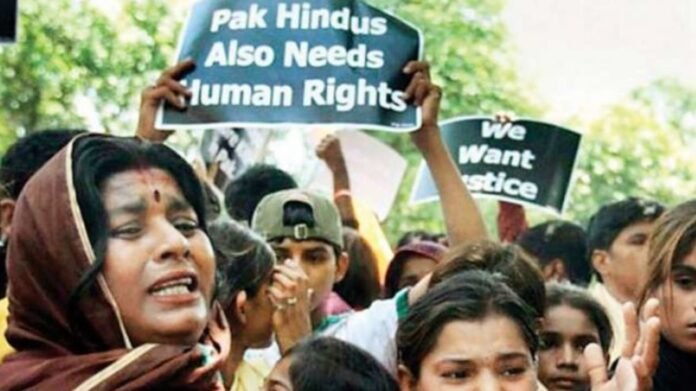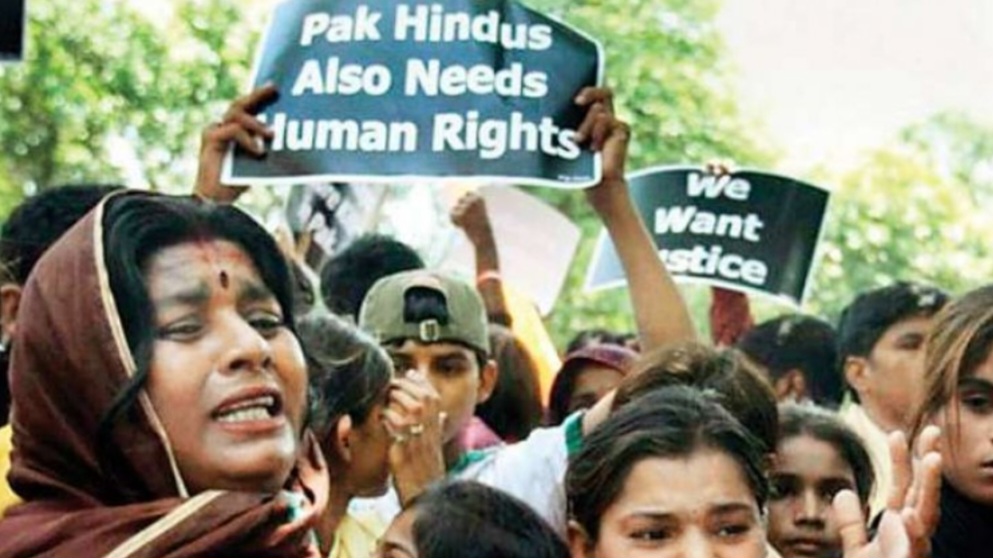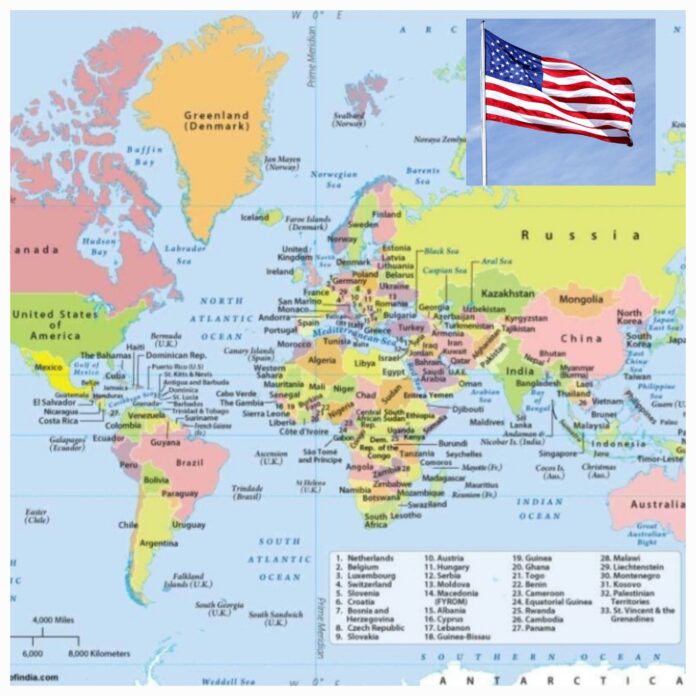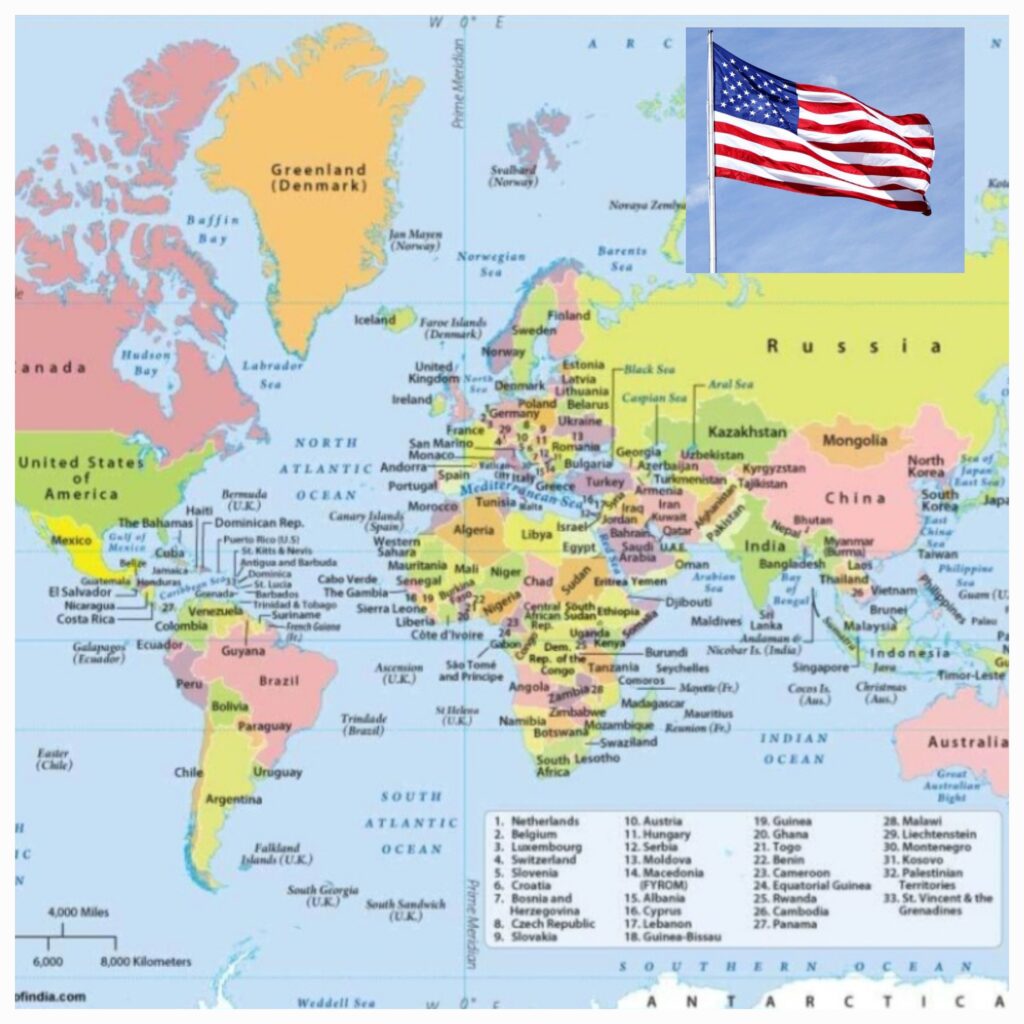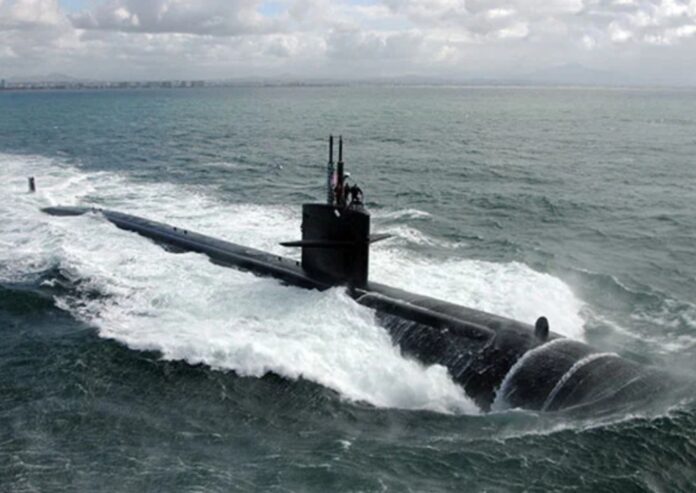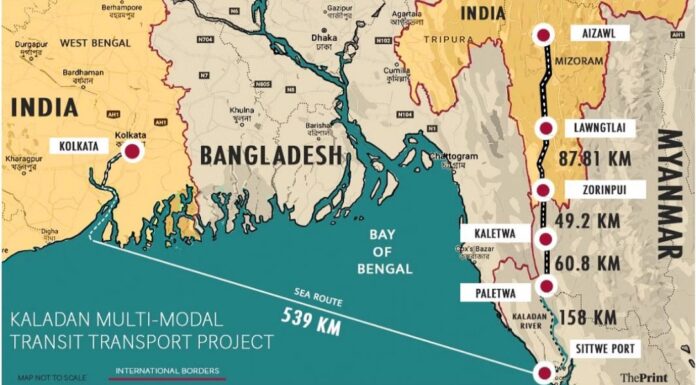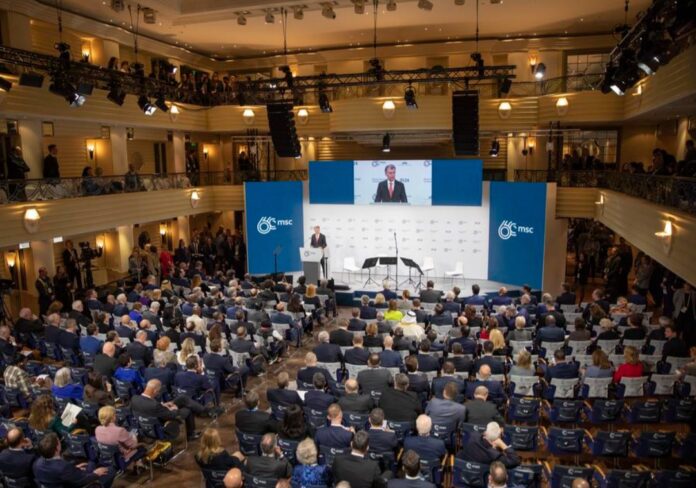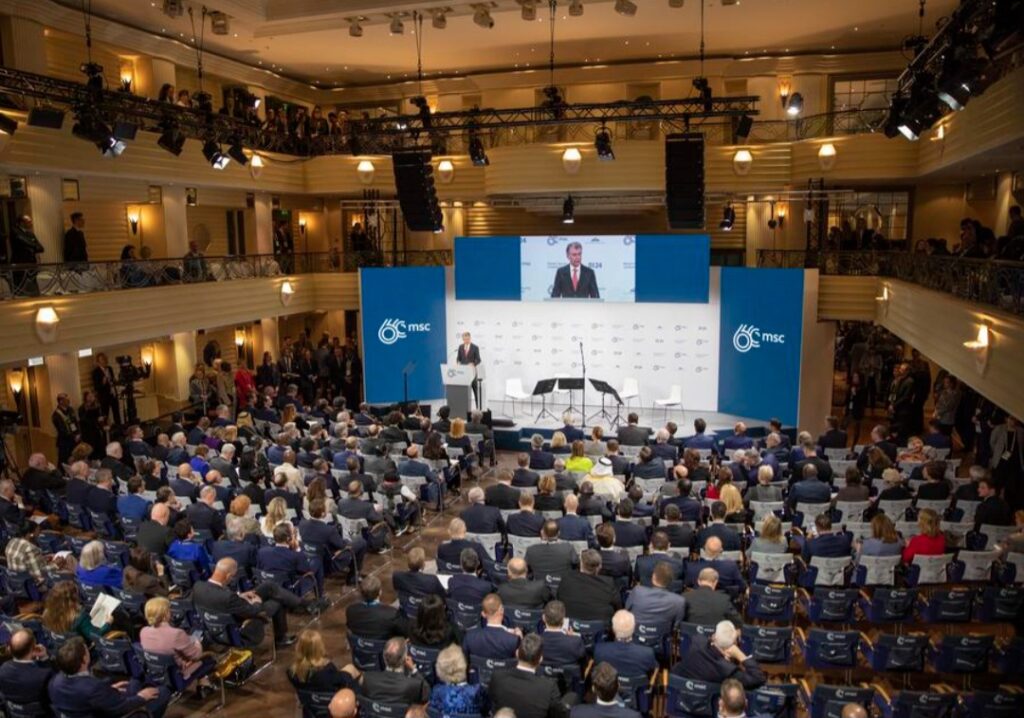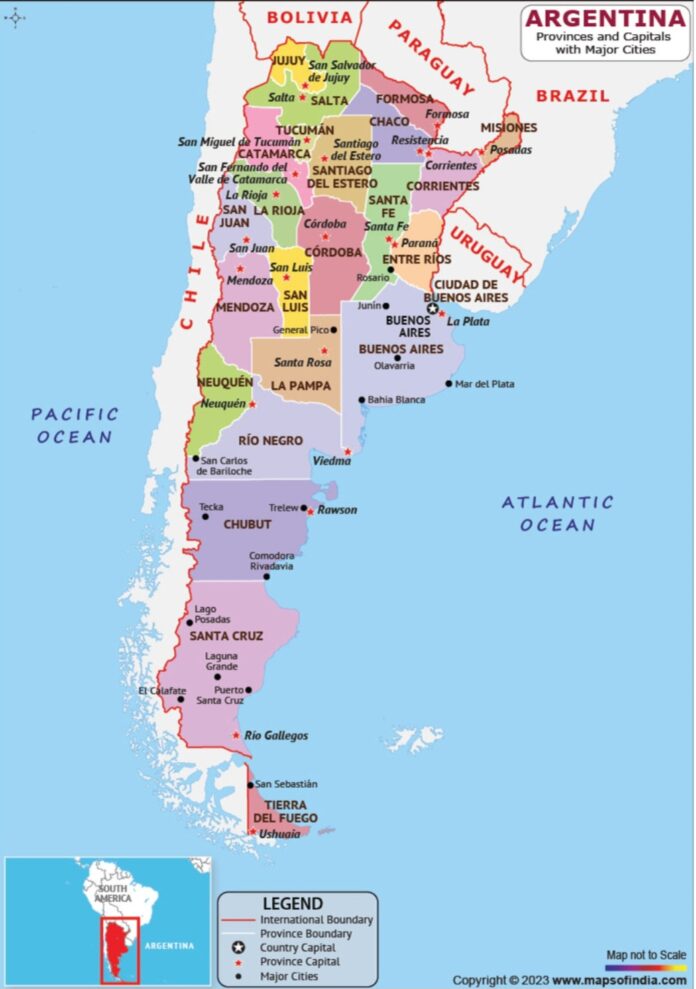By: Aasi Ansari, Research Analyst, GSDN

Introduction
South Asia is considered one of the nuclear flashpoint due to the three nuclear armed bordering countries, i.e., India, China, and Pakistan. Among these countries, only China has signed the ‘Non-Proliferation Treaty’, ‘Credible Minimum Deterrence’ and ‘No First Use Policy’. However, China is not the part of Indian Sub-Continent. Indian Sub-Continent includes India, Nepal, Bangladesh, Pakistan, Bhutan, Sri Lanka, and the Maldives. India only has ‘Credible Minimum Deterrence’ and ‘No First Use Policy’. Pakistan on the other hand has not signed any of these treaties. As the matter of fact, Pakistan have ‘First Use Policy’ to deter from India and China and also uses their nuclear power to threaten nuclear and non-nuclear states, increasing the danger in the Indian Sub-Continent.
Pakistan’s position on nuclear disarmament is that it will only give up nuclear weapons if India gives up its own nuclear arsenal. All the other states in the Indian Sub-Continent are Non-Nuclear States. Pakistan don’t have any official nuclear doctrine. Even if there exists one, it has not been made public. This ambiguity has increased the concerns in the Indian Sub-Continent, since South-Asia is a home to three nuclear armed states.
Pakistan’s Nuclear Capabilities
Pakistan tries to keep just a little more than India, i.e. nearly 170 warheads and have enough material to make up to 200 warheads by 2025. Right now Pakistan is the 6th largest nuclear power in the World, if they decide to increase the number they are estimated to be the 5th largest by 2025. India has around 160 warheads with 7th rank in the Nuclear arsenal after Pakistan. Although, India’s has nuclear capabilities is in all three domains i.e., land based, Aircrafts, and navel missiles. On the other hand, Pakistan’s nuclear is estimated to be mainly on land based missiles. However, they are considered to be capable of expanding their domain.
Pakistan is considered to have warheads in six deferent types of land based ballistic missile capable of nuclear payload. All of them are short range ballistic missiles. Pakistan has also tried to miniaturised nuclear missiles to make Multiple Independently Targeted Re-Entry Vehicles (MIRVs). Pakistan also have naval nuclear capabilities. Babar-3, a Sea Launch Ballistic Missile (SLBM), has been tested twice under the water. However, the completion of the development of Babar-3 has not been confirmed yet. Pakistan approved the purchase of 8 submarines from China, considered to be capable of carrying Babar-3 missiles. The F-16, Mirage-3 and Mirage-5 aircrafts are considered to be capable of carrying nuclear missile. Pakistan is estimated to have nearly 12 Mirage aircrafts.
The Dangers in the Indian Sub-Continent
Pakistan has always rebel against any international sanctioned. They have built a runaway program that has benefited them to increase their own nuclear power. The US and Pakistan multiple bilateral relations right after the independence of Pakistan, which has benefited both countries on papers. However, the relation between these two countries has been proven to be one of the most ‘mutual vulnerable’, since they have both threated each other for political benefits from time to time.
After Pakistan become a nuclear state the possibility of threat of a nuclear weapon getting into the hands of terrorists has been discussed around the globe, India in particular. Pakistan has used its nuclear capabilities to threaten other countries, every time the leading global nuclear power had to intervene to handle the conflict for establishing peace. Launch ability of nuclear weapon from Pakistan the biggest hindrance. To perform a launch of a missile with a nuclear payload needs a proper sophisticated technology to do the precis attack on a specific area or it needs to be carried on the aircraft to be dropped, or a submarine to launch.
This precision technology is only available with the military. In it highly believed that terrorist might not have this sophisticated technology and even with nuclear missile in the hands of terrorist, they might use the nuclear weapon to only threated any state rather than actually using it. However, nothing can be said for sure, and the concern remains the same. Therefore, without a precision technology launch platform readiness or availability can only be accomplished if the state supports it, in that case, it would no longer be an act of terror. It would be an act of aggression by the state of Pakistan.
America has tried to impose sanctions on Pakistan multiple times. However, American sanctions have failed to prevent Pakistan from building a nuclear program. After 9/11, United States gave Pakistan an ultimatum that Pakistan should allow U.S. to take full control on their nuclear facilities or American authorities will try to take control by force with the help of India. However, after that Bush administration had also spent around $100 million to help Pakistan safeguard its nuclear arsenal, but not able to establish control over Pakistani nuclear weapon. General Pervez Musharraf appreciated and suggested continued Western support will help to keep the nuclear arsenal away from the extremist hand.
In 2011, America had ‘Snatch and Grab’ contingency plan for Pakistan’s nuclear weapons, in case if they ever become a threat to United States or its interest. General Pervez Musharraf said Snatch-and-grab might lead to all-out-war by stating that “total confrontation by the whole nation against whoever comes in.” South-Asia plays a big role in global nuclear security, if they ever succumb to conflict, it could have a major impact on not only India-Pakistan but in all regions in Indian sub-continent. As the arsenal in South-Asia continues to grow, the risk of nuclear escalations also grows in the future conflicts.
America’s support for any country may fluctuate according to their interest and America has been seen to be bias in some conflicts. Just like America supporting Israel right now have raised concern of possible support to Pakistan against China or even India. America supported Pakistan during the Russian occupation of Afghanistan with the military aid. Although, America was not actually supporting Pakistan, they were just fighting against Russia. These crises have highlighted the third party influence to the nuclear escalation in the border of India and Pakistan. It is less likely to happen but not impossible.
The politics between India and Pakistan has also played a big role in escalation nuclear threat in the region. For instance, Prime Minister Narendra Modi for past decade has also used religion as key point to manipulate the civilians of India and win the election. Some researchers also believe that the Pulwama attacks was staged by the Indian government. Similarly, Pakistan has also used religion to use politics. All this religious politics form both the side has shown that the risk of nuclear threats is more under the leadership Bhartiya Janata Party (BJP).
It is considered that Pakistan has the nuclear power to use its own nuclear weapon in its own country in case of an invasion to kill the enemy force in the state along with killing of their own force. If Pakistan ever choses to use Weapon of Mass Destruction (WMD) they are most likely to use a small scale nuclear warhead with minimum destruction. But both the bordering states have to deal with the fallout and radiation contamination, if it is used on the borders. Furthermore, even if the small scale low yield nuclear weapon is used, it could wipe out approximately 20 million people, depending on the population of the destroyed area and nearly 2 billion people will die, if the nuclear winter is triggered.
India don’t only have to deter from Pakistan but from China as well. India’s nuclear arsenal is lower than the Pakistan’s and China’s nuclear arsenal. India having nearly 165 nuclear warheads and have 700 Kg of weapon grad plutonium to make up to 213 warheads by 2033. Much more than India and Pakistan, China has about 500 nuclear warheads and they are developing the nuclear program much faster and it is estimated to be up to 1000 warheads by 2035. New Delhi worries about the continuing deep links between China and Pakistan. The links between Pakistan and China for the developments if the nuclear weapon has been found multiple times. For instance, in February 2020, India caught items being shipped by China to Pakistan. According to the DRDO, this item can be used for the manufacturing of rocket motors for ballistic missiles. This has further deteriorated the bilateral relationship between India with China and Pakistan.
Conclusion
Pakistan is a nation that has both nuclear weapons and a dangers of terrorism. Pakistani leaders have often been working surreptitiously with the terrorists to achieve common goals. Taliban secretly received political and military support from Pakistan’s Inter-Services Intelligence (ISI) agency. That fear now includes the possibility that Jihadis in Pakistan, freshly inspired by the Taliban victory in Afghanistan, might try to seize power at home. Pakistan claims to have nuclear weapon to deter from India and India have nuclear weapon to deter from China that increases the concern in entire Indian Sub-Continent.
However, in all the military conflicts at Sino-Indian and Indo-Pakistani border, Nuclear missile have never been used but only conventional arms were used. All these possible scenarios have the potential to lead to nuclear flashpoint and start the nuclear war in the world or at least between the nuclear armed states. Until-unless, Pakistan gives control of its nuclear arsenal to America or at least confirms that they are not helping the Terrorist organisations and anyway, the threat of nuclear conflict cannot be fully avoided.






